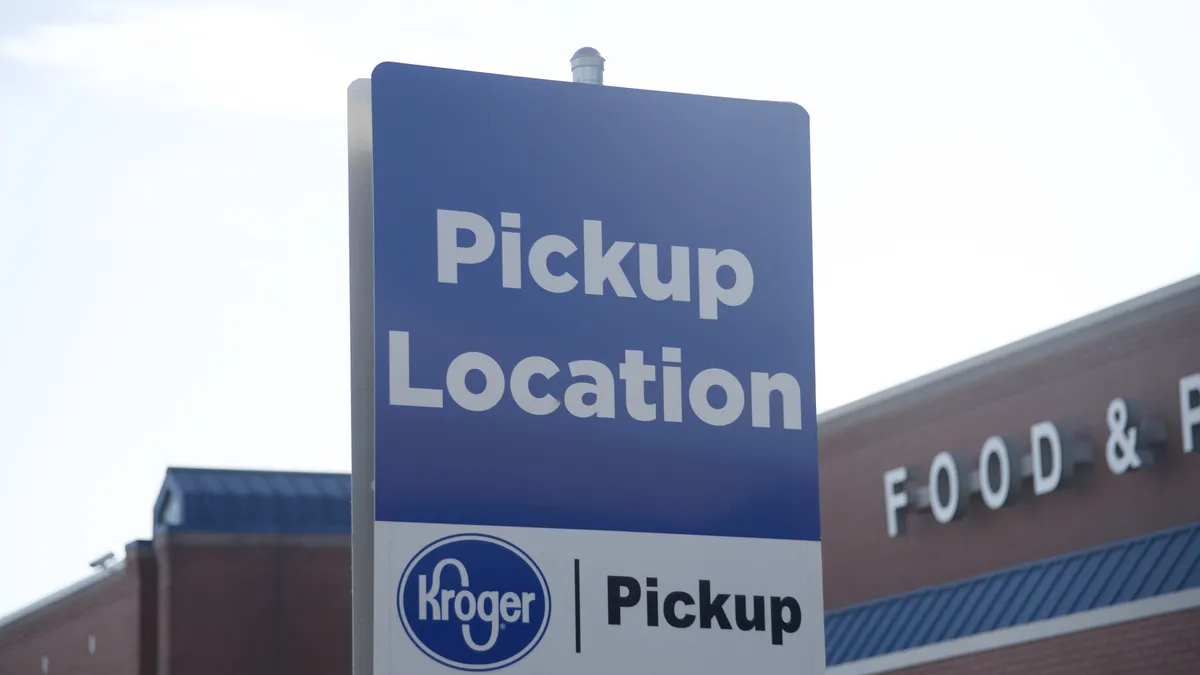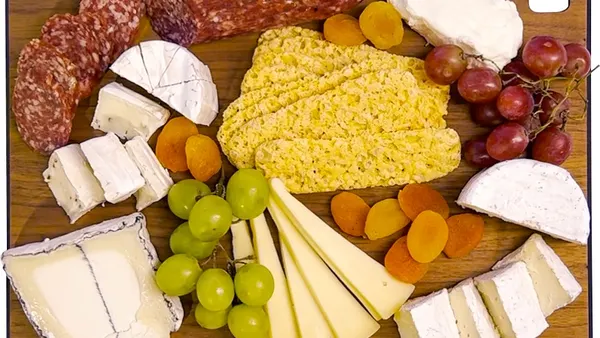Once the horses have escaped from the barn, the adage goes, it’s too late to close the door. This seems like an appropriate introduction to what comes next for grocers in pursuit of e-grocery success in today's pandemic-initiated disruptive environment. Industry leaders like Kroger proactively opened the barn door by quickly answering consumer concerns about in-store shopping. They offered a worry-free experience with buy online/pickup at the store curb, high-volume pickup at distribution centers, and home delivery. And consumers ate up these new options — lock, stock and barrel.
COVID became a tipping point, with a blaring wake-up call that grocers needed to break free of conventional thinking around in-store lanes so they can rapidly create shopping experiences that customers want. Savvy grocers heeded the alarm giving consumers more choice with less friction. They extended pickup opportunities to other retail curbs like Kroger did by partnering with Walgreens. Leveraging their Ocado distribution warehouse strategy, Kroger is offering delivery within a 90-mile radius of their online automated grocery warehouses where the retailer actually has no stores but can capitalize on its brand awareness. These robotic-staffed customer fulfillment centers have turbo charged the company's digital business.
Is the honeymoon over?
Of course, consumers are loving their greener, frictionless pastures. And since their wishes for more convenient options are being granted, many are not interested in being herded back. On the other hand, the sole convenience of online ordering alone may not be enough to retain their loyalty during safer circumstances.
Beyond the convenience of online, a number of drivers including things like rising prices will likely prompt consumers to seek the best values offered by an in-store experience. And as supply chain issues continue to cause out-of-stocks, consumers may tire of unsatisfactory replacements and lackluster fulfillment. For grocers who take action, these new multi-channel experiences are far from a problem but actually present a strong opportunity to foster greater brand loyalty as seen by Kroger's 98% retention rate when customers engage in more than one channel.
Romancing consumers with convenience
In this new out-of-the-barn world, grocers continue to demonstrate that investing in new, convenient points of commerce beyond traditional lanes is a key success strategy. The more convenient options a brand offers consumers during the shopping journey, the more affinity and loyalty the brand creates. These options extend beyond mere online purchasing to flexible payment (method and location), promotions, and fulfillment (at curb, doorstep).
In order to maintain or enhance competitive advantage, new unified commerce microservices must be available to retailers almost as quickly as consumers imagine them. Since brand comparisons and ratings permeate social media, it doesn't take long before a disappointing shopping experience begins to damage a brand's reputation, or a delightful experience boosts a brand's reputation.
Perfect match: speed sans disruption
With speed the name of the game, grocers need to be in the development driver seat with a headless unified commerce framework that helps them put pedal to the metal for transforming store and digital services from a single transaction engine. Rapid execution of new physical and digital interactions could include:
- Pick and pack
- Pick-up, delivery, pay at curb
- In-store checkout (fixed, mobile, self-service point-of-sale and complete cash management)
- Promotions and loyalty
- Real-time inventory
- Store as warehouse
- Distributed order management
Expediting delivery of new experiences doesn’t have to be accompanied with disruption and budget-busting that typically characterizes digital transformation. A cloud-native, unified commerce platform that includes functionally rich microservices managing all backend commerce functions without retailers writing code de-risks new initiatives and eliminates the need to rip and replace legacy systems.
Making contact count
While e-grocery eliminates personal contact in the purchasing phase of the shopper's journey, the delivery/pickup point of contact offers a personal opportunity to infuse the experience with a satisfaction boost. Empowering associates with cloud-native unified commerce tools provides access to "in-the-moment" omnichannel transaction data that transforms customer and brand relationships, opens new revenue opportunities, and converts customers into advocates.
For example, customer-facing associates who are able to accept multiple forms of payment at the curb, offer alternative substitutions for out-of-stock items, and issue coupons for future purchases, or discounts on less desirable substituted items make the journey exceptional. Plus, you could extend reach into the active omnichannel basket to your partners for in-the-moment data to target offers and increase relevance.
Future role
To honor consumers in their role as leaders of the shopping realm, grocery organizations need to more fully embrace servant leadership by adopting digital strategies and tools that support a seamless, rapidly evolving customer experience. As quickly as consumer behaviors shift, grocers who are empowered with the right tools, tech stack, and commerce engine will be able to iteratively respond with agility and relevance. These retailers will be positioned to anticipate their customer needs and deliver on them first to earn loyalty in the highly competitive shopping journey.
More information about how Kroger succeeded in next-gen grocery and your organization can too, is available here.










